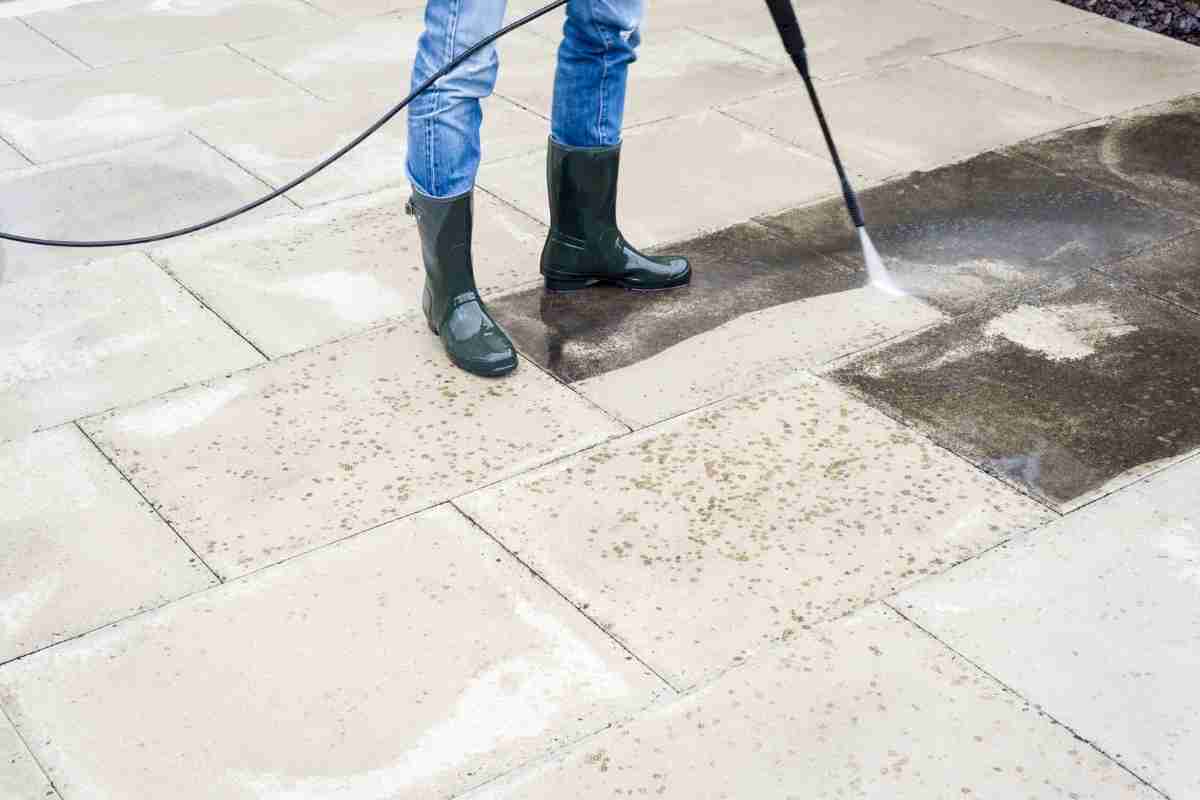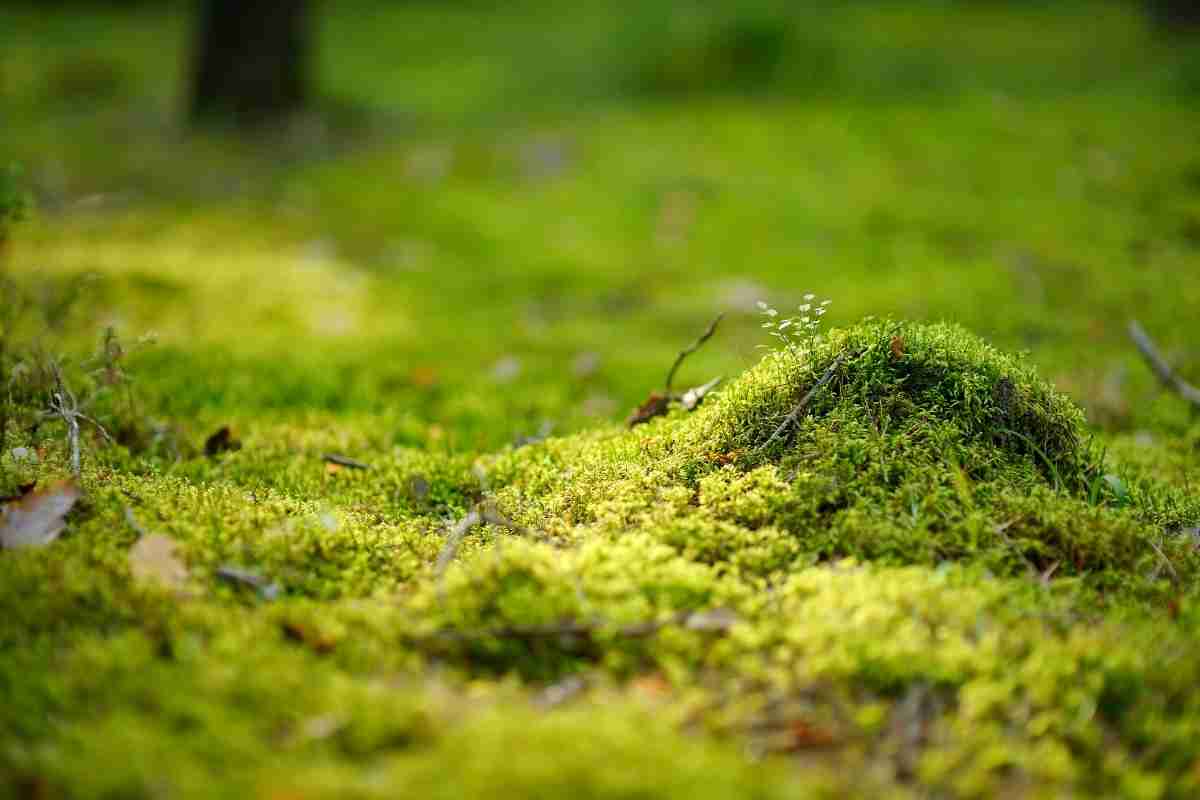
How Fast Does Moss Grow? Detailed Guide
Read more
Do Moss Balls Have Worms? Is It Normal?
Read more
Is Moss Edible? Top 5 Edible Mosses
Read more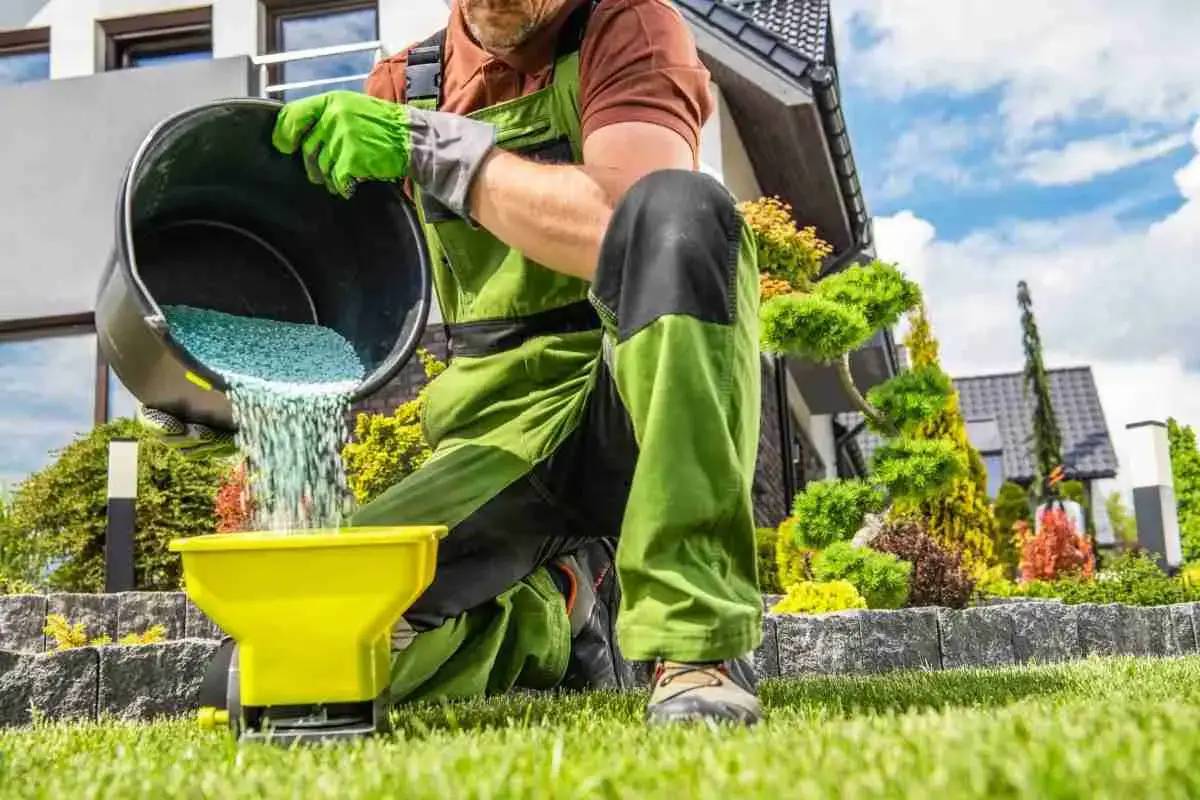
What Is The Best Time To Apply Moss Killer To The Lawn?
Read more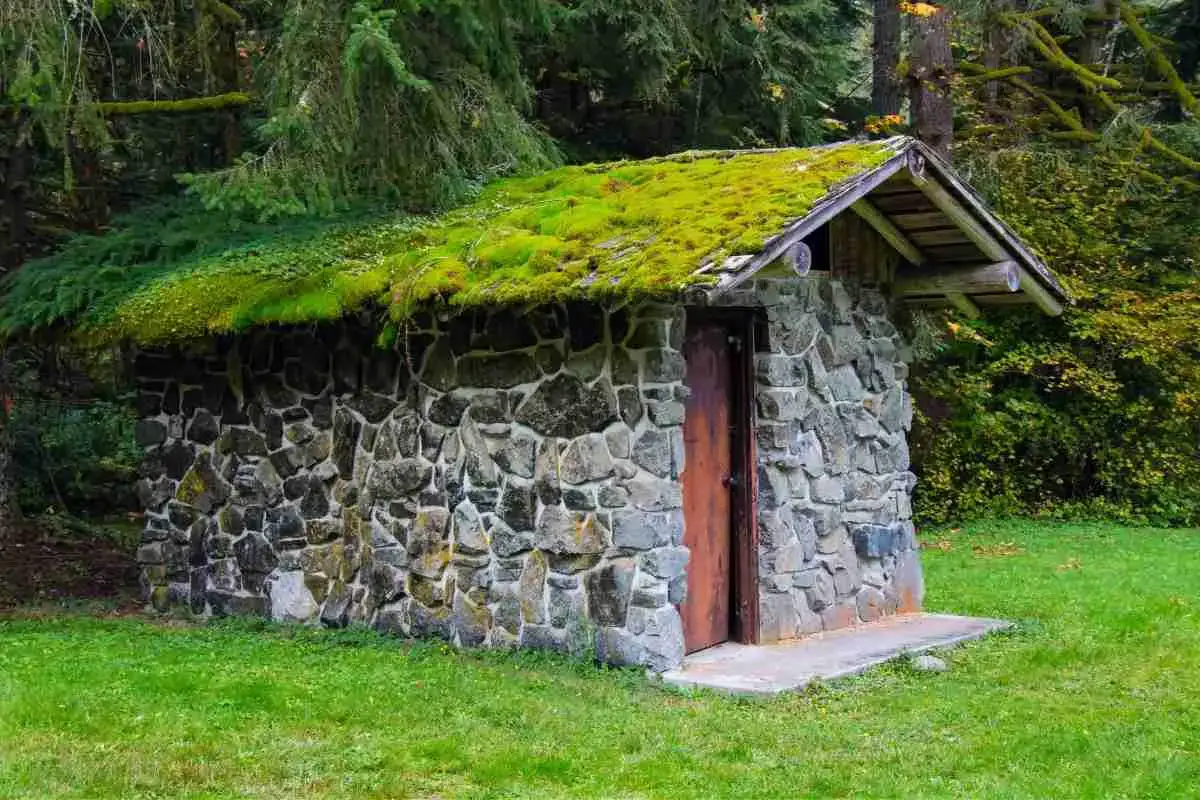
Does Moss (Have And Use) Roots To Grow?
Read more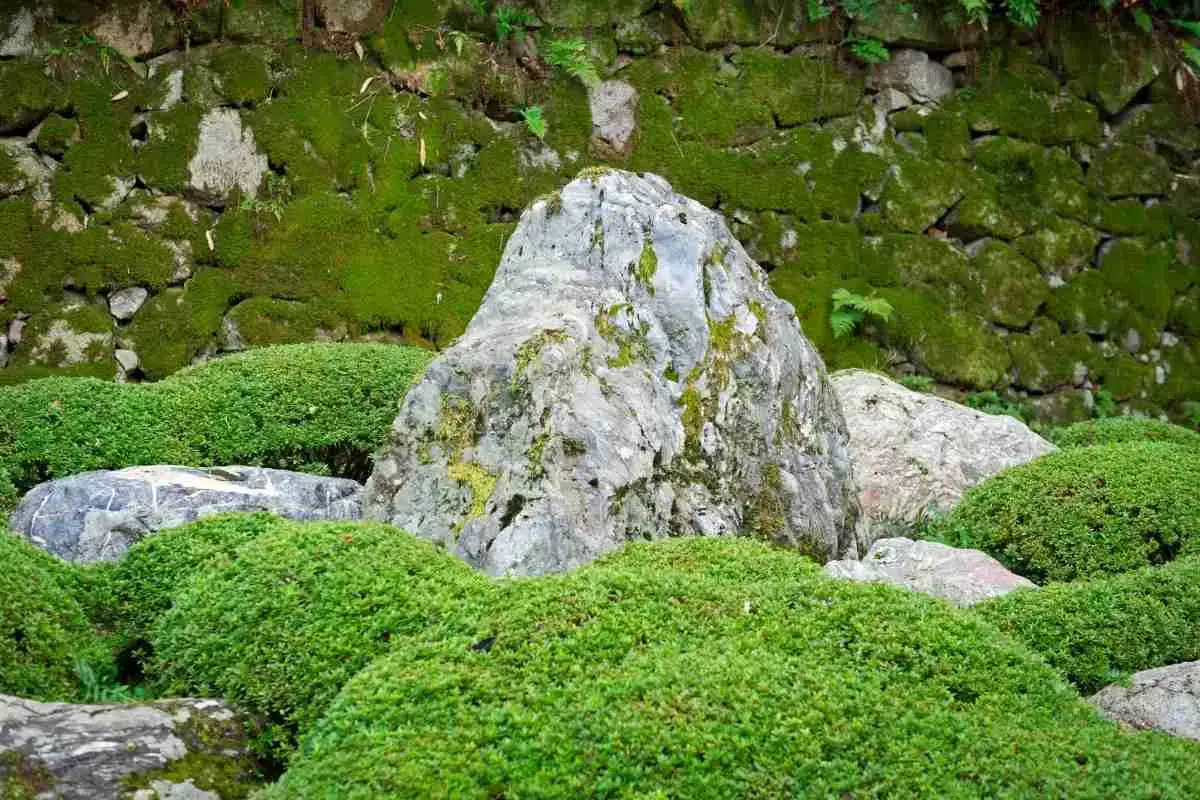
11 Types Of Moss That Grows On Rocks!
Read more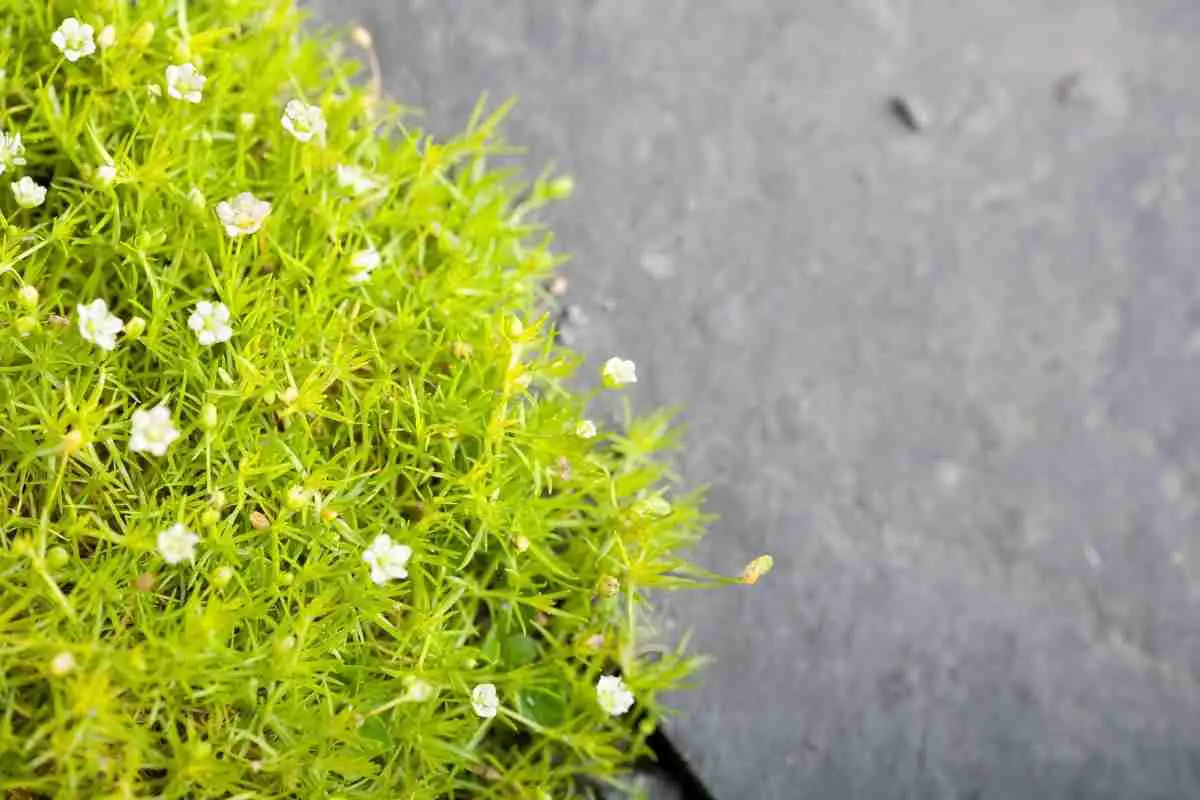
How Fast Does Irish Moss Spread?
Read more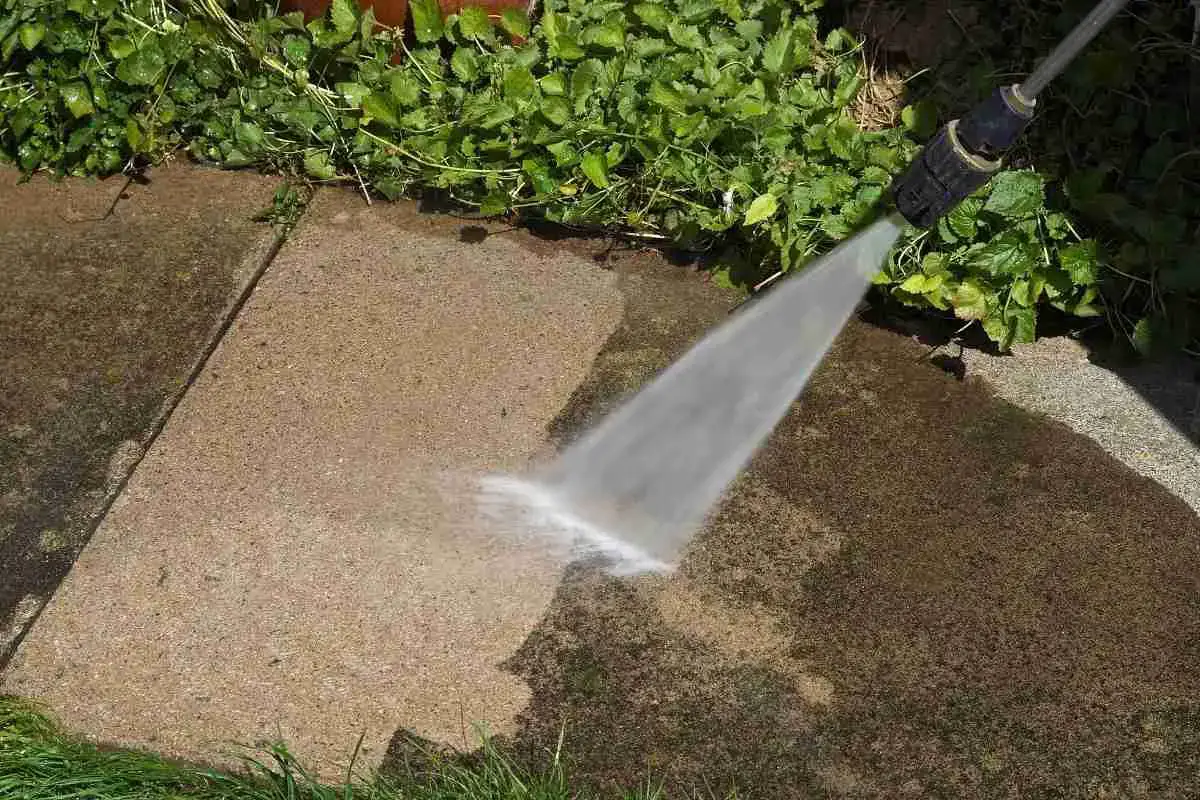
7 Easy Methods For Getting Rid Of Moss On A Patio
Read more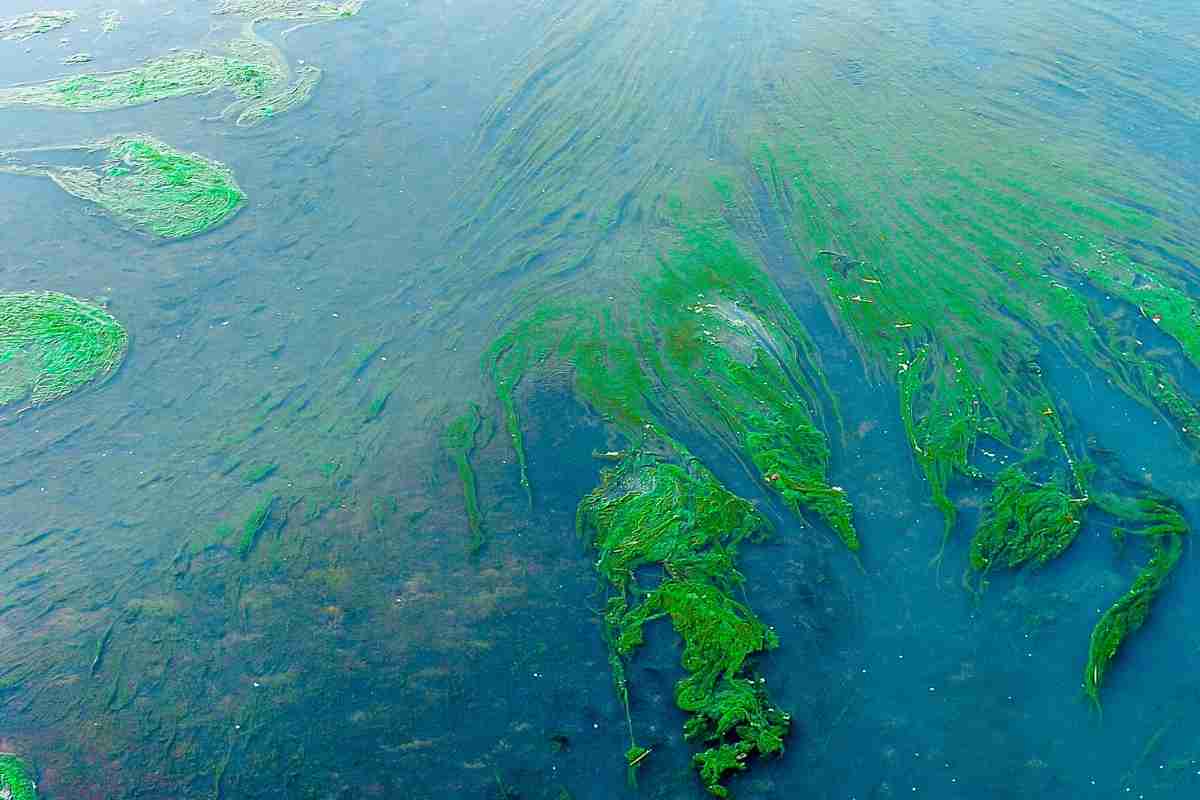
Is Algae A Protist? (Autotrophic Or Heterotrophic)
Read more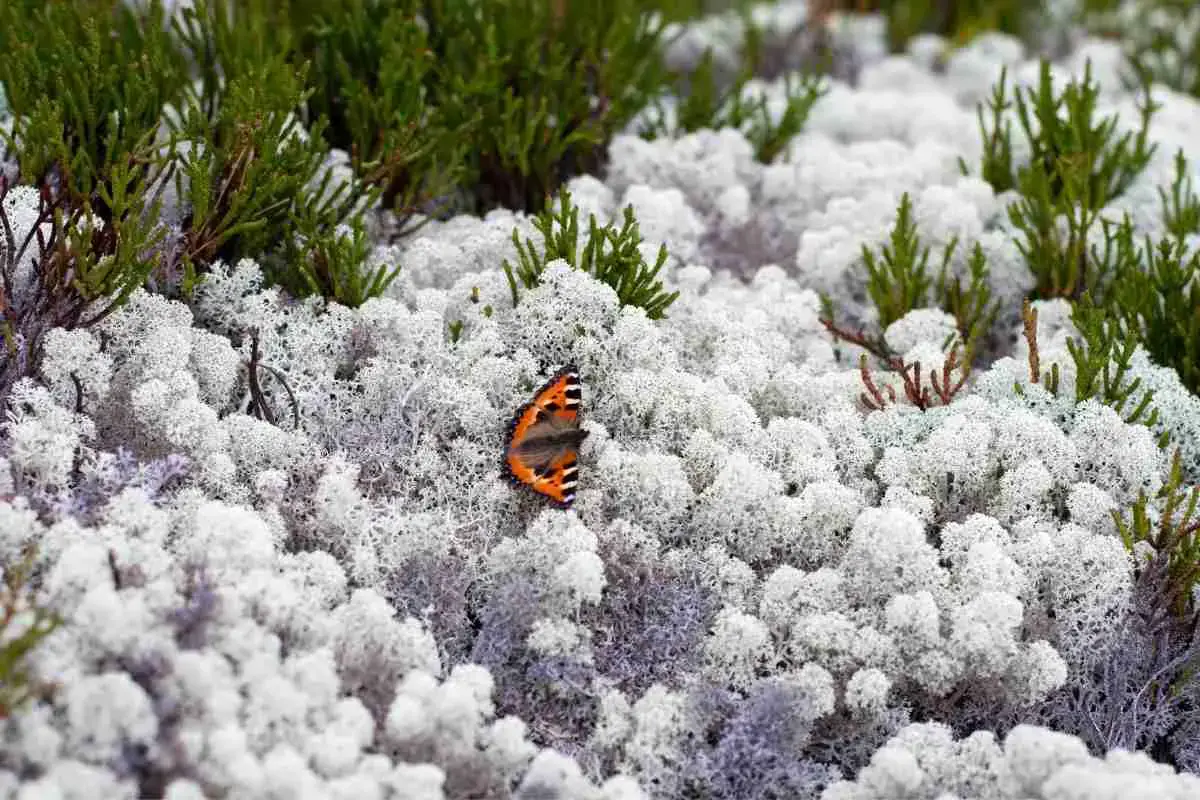
22 Different Types of Lichens (Detailed Guide)
Read more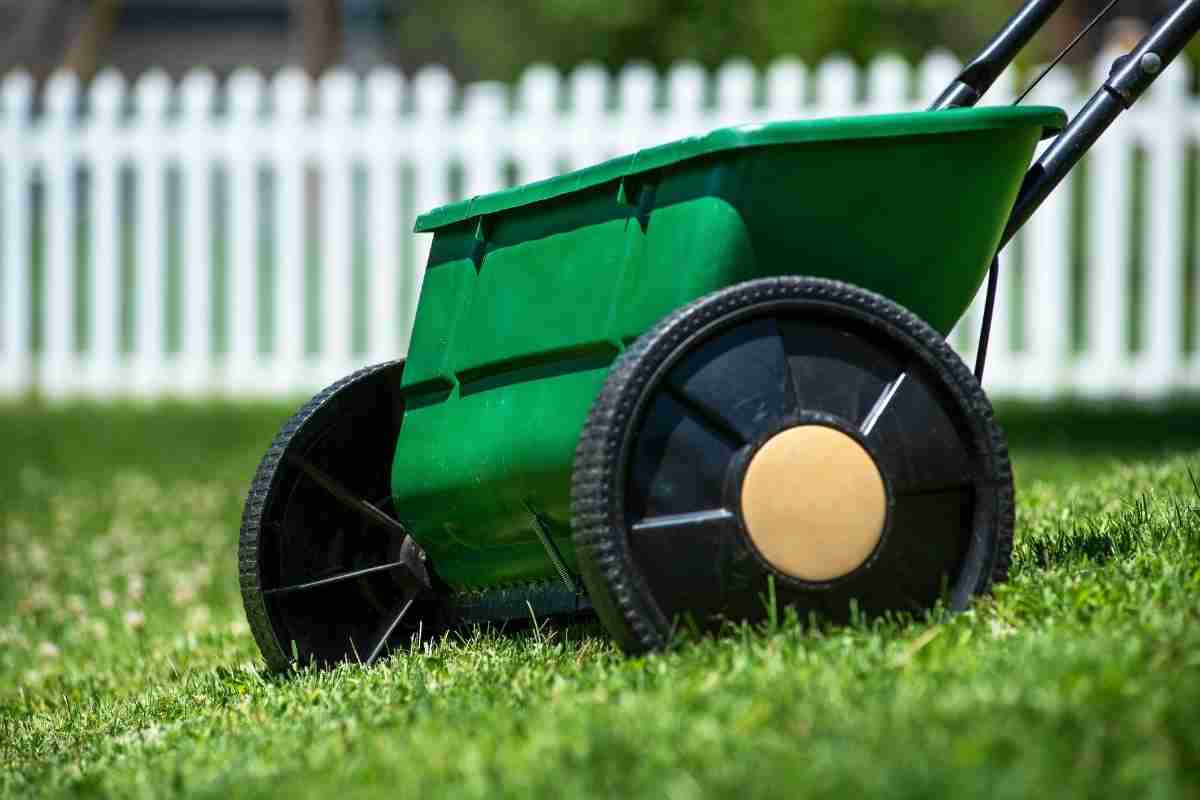
7 Peat Moss Spreaders: Perfect To Use On Lawns
Read more